| Description |
- Connects USB-B devices (e.g., printers, scanners)
- Supports USB 2.0 data transfer (up to 480 Mbps)
- Durable construction with reinforced connectors
- Available lengths: 1m to 3m (3.3ft to 10ft)
- Plug-and-play; no drivers needed
- Ideal for specialized industrial use and device communication
|
- Connectivity: Mini DisplayPort to Display
- Compatibility: MacBooks, Ultrabooks, Monitors
- Resolution Support: HD, Quad HD, Ultra HD
- Audio/Video Transmission
- Durable Construction
- Plug-and-Play
- Length Options
- Versatile Usage
|
- Bridges Thunderbolt-enabled devices to DisplayPort displays.
- Supports various resolutions.
- Offers plug-and-play functionality.
- Compact design for convenience.
|
- High Data Transfer Speeds: Up to 10 Gbps over short distances.
- Improved Bandwidth: Handles frequencies up to 250 MHz.
- Twisted Pair Design: Reduces crosstalk and interference.
- Backward Compatibility: Works with Cat5 and Cat5e standards.
- Durable Construction: High-quality materials and thicker sheathing.
- Flexible Length Options: Available from 1m to 100m.
- Shielded and Unshielded: Options for different interference levels.
- Plug-and-Play: Easy installation with no additional drivers needed.
|
- Extends the reach of USB connections between devices
- Available in various lengths to suit different needs
- Features USB Type-A connectors on one end and Type-A or Type-B connectors on the other
- Compatible with USB standards like USB 2.0, USB 3.0, USB 3.1, and USB 3.2
- Versatile accessory for home and professional environments
- Constructed with durable materials for reliable performance
- Easy to use, requiring no special installation or configuration
|
- Parallel Connectivity: Links printers, scanners to computers.
- Durable Construction: Long-lasting materials.
- Standard Connectors: DB25 connectors.
- High-Speed Transfer: Fast data exchange.
- Various Lengths: Fits different setups.
- Plug-and-Play: Easy installation.
- Compatibility: Works with many devices.
|
| Content | USB-B to USB-B cables are designed to connect devices with USB-B ports. These cables are typically used for connecting certain peripherals, such as printers, scanners, and other devices, to each other or to a computer with a USB-B interface.
Key Features:
- Universal Compatibility:
- USB-B End: Fits standard USB-B ports found on many older peripherals like printers, scanners, and some external hard drives.
- Data Transfer:
- Provides reliable data transfer between devices with USB-B ports.
- Typically supports data transfer rates up to USB 2.0 standard (480 Mbps).
- Durability and Build Quality:
- Constructed with high-quality materials to ensure longevity and resistance to wear and tear.
- Often features reinforced connectors and durable cable sheathing.
- Lengths and Flexibility:
- Available in various lengths to suit different setup requirements, commonly ranging from 1 meter (3.3 feet) to 3 meters (10 feet).
- Plug-and-Play:
- Easy to use with no need for additional drivers or software for most operating systems.
Typical Use Cases:
- Connecting Printers and Scanners:
- Ideal for connecting USB-B equipped printers and scanners to computers or other devices.
- Inter-Device Communication:
- Facilitates direct communication between two USB-B equipped devices.
- Specialized Applications:
- Used in some industrial and professional environments where specific devices require USB-B connections.
|
Standard Mini DisplayPort cables are used to connect devices with Mini DisplayPort outputs to displays, monitors, or other devices with compatible inputs. Here's a description of their features:
- Connectivity: Mini DisplayPort cables provide a reliable connection between devices with Mini DisplayPort outputs, such as laptops, desktop computers, or tablets, and displays or monitors equipped with Mini DisplayPort or Thunderbolt inputs.
- Compatibility: These cables are compatible with devices that support Mini DisplayPort or Thunderbolt technology, including many MacBooks, Ultrabooks, and Microsoft Surface devices, as well as monitors and displays from various manufacturers.
- Resolution Support: Mini DisplayPort cables support various resolutions, including standard HD (1080p), Quad HD (1440p), and even Ultra HD (4K), depending on the capabilities of the connected devices.
- Audio and Video: Mini DisplayPort cables can transmit both audio and video signals, allowing users to enjoy high-definition multimedia content on compatible displays or monitors.
- Construction: These cables are typically constructed with high-quality materials to ensure durability and reliable signal transmission. They may feature gold-plated connectors for better conductivity and resistance to corrosion.
- Length Options: Mini DisplayPort cables are available in various lengths to accommodate different setups and distances between devices and displays.
- Plug-and-Play: They are generally plug-and-play devices, requiring no additional drivers or software installation. Users can simply plug one end of the cable into the Mini DisplayPort output of their device and the other end into the Mini DisplayPort or Thunderbolt input of their display.
- Versatility: Mini DisplayPort cables are versatile and can be used for various applications, including connecting laptops to external monitors for extended desktop setups, connecting tablets to projectors for presentations, or connecting desktop computers to high-resolution displays for gaming or video editing.
Overall, Standard Mini DisplayPort cables offer a convenient and reliable solution for connecting compatible devices to displays or monitors, enabling high-quality audio and video transmission for a wide range of applications.
| A Thunderbolt-to-DisplayPort adapter is a device used to connect a Thunderbolt-enabled device, such as a computer or laptop, to a DisplayPort-enabled display or monitor.
Here's a brief description of its functionality and features:
- Connectivity: The adapter allows you to bridge the gap between devices with Thunderbolt ports and displays equipped with DisplayPort connectors.
- Compatibility: It is designed to work with devices that have Thunderbolt ports, including MacBooks, PCs, and laptops, and displays that support DisplayPort connections.
- Display Support: It enables you to transmit video and audio signals from your Thunderbolt device to the DisplayPort display, allowing you to mirror or extend your screen.
- Resolution Support: Depending on the specific adapter and the capabilities of your devices, it may support various resolutions, including Full HD (1080p), Quad HD (1440p), and even Ultra HD (4K) resolutions.
- Plug-and-Play: In most cases, these adapters are plug-and-play devices, requiring no additional software installation. Simply connect the adapter to your Thunderbolt port and the DisplayPort cable to your display, and your devices should recognize each other.
- Compact Design: They typically have a compact and portable design, making them convenient for travel or use in different work environments.
- Bi-Directional Support: Some adapters may support bi-directional functionality, allowing you to connect a Thunderbolt-enabled display to a device with a DisplayPort output.
Overall, Thunderbolt-to-DisplayPort adapters provide a simple and effective solution for connecting Thunderbolt devices to DisplayPort displays, ensuring compatibility and seamless transmission of audio and video signals. |
Cat6 Ethernet cables are advanced network cables designed to support higher data transfer speeds and improved performance over longer distances compared to previous cable standards. They are widely used in both residential and commercial networking setups.
Key Features:
- High Data Transfer Speeds:
- Supports speeds up to 10 Gbps over short distances (up to 55 meters) and 1 Gbps over longer distances (up to 100 meters).
- Improved Bandwidth:
- Capable of handling frequencies up to 250 MHz, allowing for better signal quality and reduced interference.
- Twisted Pair Design:
- Features tightly twisted pairs of copper wires, which minimize crosstalk and electromagnetic interference.
- Backward Compatibility:
- Compatible with older Ethernet standards (Cat5 and Cat5e), ensuring versatility in various network environments.
- Durable Construction:
- Made with high-quality materials, often featuring thicker sheathing for better durability and protection against wear and tear.
- Flexible Length Options:
- Available in various lengths ranging from short cables (1 meter) to long cables (100 meters) to suit different installation needs.
- Shielded and Unshielded Options:
- Available in both shielded (STP) and unshielded (UTP) versions, providing options for environments with different levels of electromagnetic interference.
- Plug-and-Play:
- Easy to use with no need for additional drivers or software for most operating systems.
Typical Use Cases:
- Home and Office Networking:
- Ideal for connecting computers, routers, switches, and other network devices in homes and offices.
- Data Centers and Server Rooms:
- Suitable for high-performance networking environments like data centers and server rooms.
- Video Streaming and Gaming:
- Provides reliable and fast connections for high-bandwidth applications like HD video streaming and online gaming.
|
USB extension cables are accessories used to extend the reach of USB connections between devices. Here's a description:
- Extension Functionality: USB extension cables serve to extend the length of existing USB cables, providing additional reach between devices. They come in various lengths, typically ranging from a few feet to several meters, allowing users to connect USB devices over longer distances.
- Connectivity: These cables feature USB Type-A connectors on one end and USB Type-A or Type-B connectors on the other end, depending on the specific cable type and use case. They enable the extension of connections between devices such as computers, printers, scanners, keyboards, mice, external hard drives, and USB hubs.
- Compatibility: USB extension cables are compatible with various USB standards, including USB 2.0, USB 3.0, USB 3.1, and USB 3.2, depending on the specific cable and devices being connected. They maintain the data transfer and power delivery capabilities of the original USB connection.
- Versatility: These cables are versatile accessories suitable for various applications in both home and professional environments. They allow users to overcome limitations in cable length and position devices more flexibly, enhancing convenience and accessibility in USB setups.
- Design and Durability: USB extension cables are typically constructed with high-quality materials and durable connectors to ensure reliable performance and longevity. Some may feature additional shielding or gold-plated connectors for improved signal integrity and resistance to interference.
- Ease of Use: USB extension cables are easy to use, requiring no special installation or configuration. Users simply plug one end of the extension cable into the existing USB port and connect the desired device to the other end.
Overall, USB extension cables are essential accessories for extending USB connections and overcoming distance limitations in various setups, providing flexibility, convenience, and enhanced connectivity for USB-enabled devices.
|
Parallel printer cables are essential accessories for connecting printers, scanners, and other parallel devices to computers and other compatible devices. These cables facilitate data transfer between devices, allowing for efficient printing and document scanning.
Key Features:
- Parallel Connectivity: Designed specifically for parallel ports, these cables provide reliable connections between printers, scanners, and computers.
- Durable Construction: Made with high-quality materials to ensure durability and longevity, even with frequent use.
- Standardized Connectors: Equipped with standard DB25 connectors on both ends for compatibility with various devices.
- Bi-Directional Communication: Supports bi-directional communication between the connected devices, enabling efficient data transfer.
- High-Speed Data Transfer: Capable of transferring data at high speeds, ensuring fast printing and scanning processes.
- Shielded Design: Shielded construction minimizes electromagnetic interference, ensuring stable connections and data integrity.
- Various Lengths: Available in various lengths to accommodate different setup configurations and distances between devices.
- Plug-and-Play: Simple installation process; just connect the cable to the parallel ports on the devices, and they're ready to use.
- Compatibility: Compatible with a wide range of printers, scanners, and computers equipped with parallel ports.
Typical Use Cases:
- Connecting Printers: Used to connect dot matrix printers, laser printers, and other parallel printers to computers.
- Scanning Documents: Connects scanners to computers for document scanning and digitalization.
- Legacy Devices: Useful for connecting older devices with parallel ports to modern computers or printers.
- Industrial Applications: Used in industrial environments for connecting printers, barcode scanners, and other devices.
Considerations for Purchase:
- Length: Choose a cable length that suits your setup and the distance between devices.
- Connector Type: Ensure compatibility with the parallel ports on your devices (DB25 connectors are most common).
- Durability: Look for cables with sturdy construction and good shielding to ensure reliability and longevity.
- Compatibility: Verify compatibility with your devices' operating systems and parallel port specifications.
- Bi-Directional Support: If bi-directional communication is required for your devices, ensure that the cable supports this feature.
Parallel printer cables provide a simple and effective solution for connecting printers, scanners, and other parallel devices to computers, facilitating efficient data transfer and reliable operation.
|

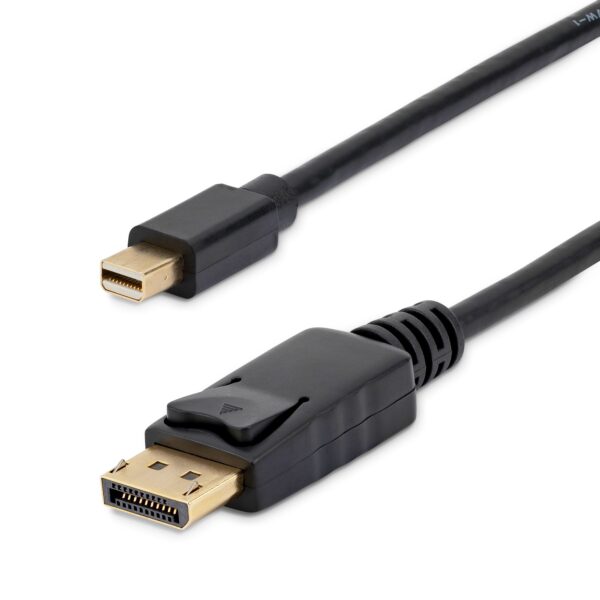
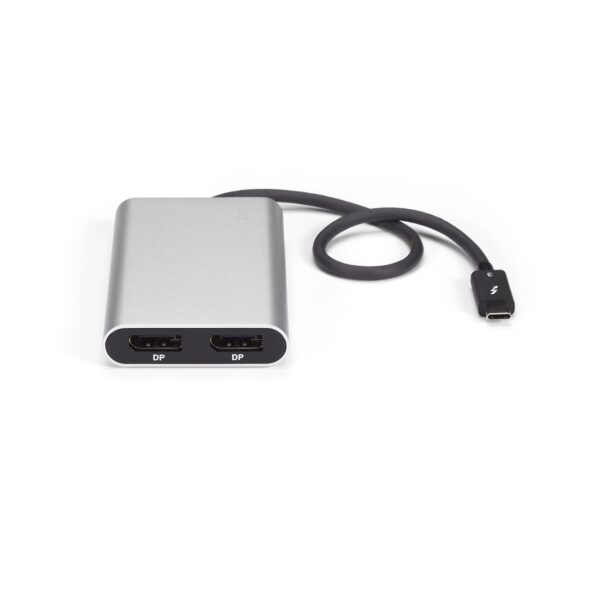
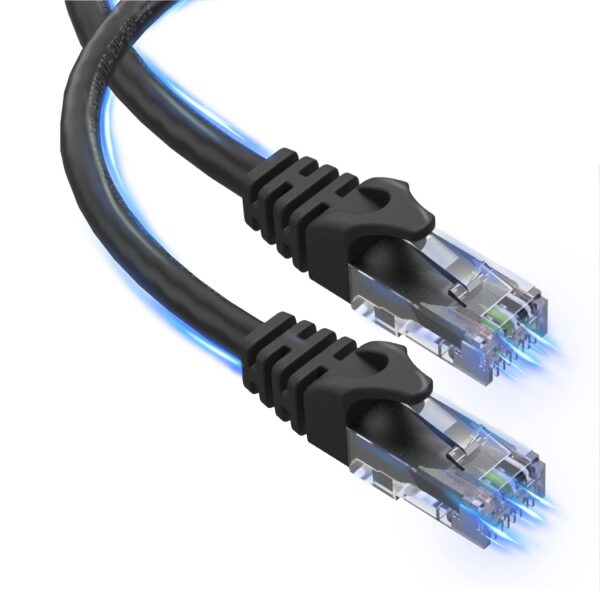
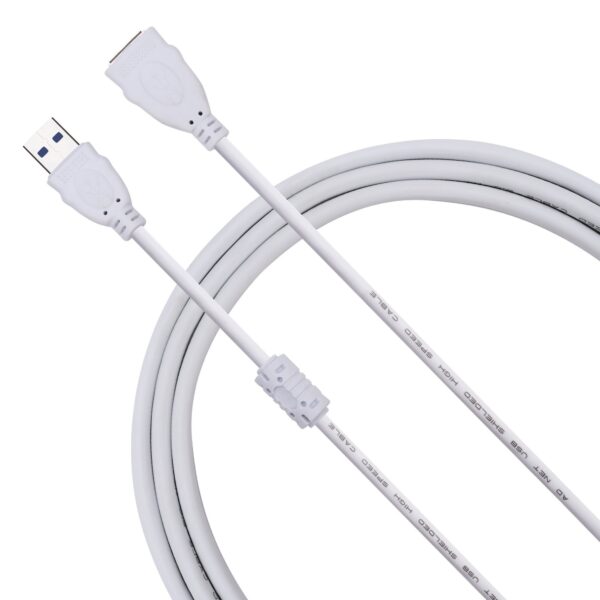
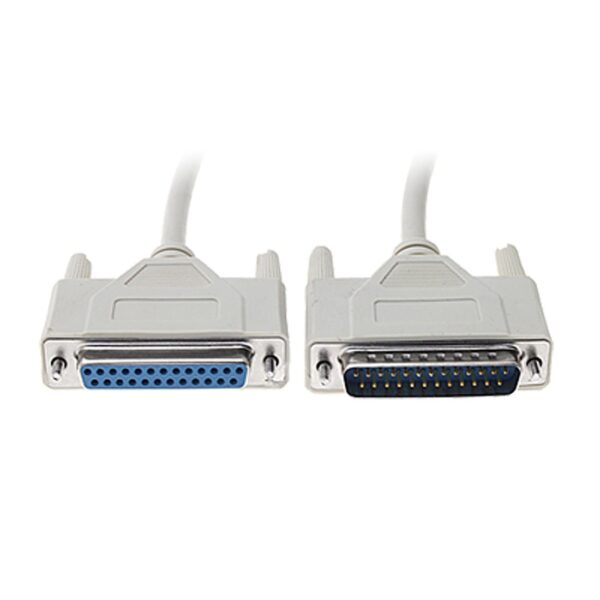















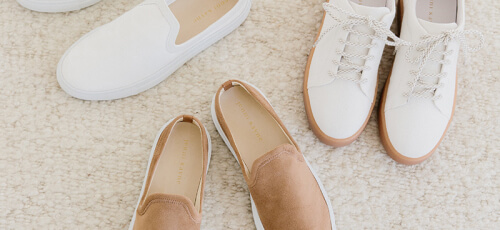
Rating & Review
There are no reviews yet.